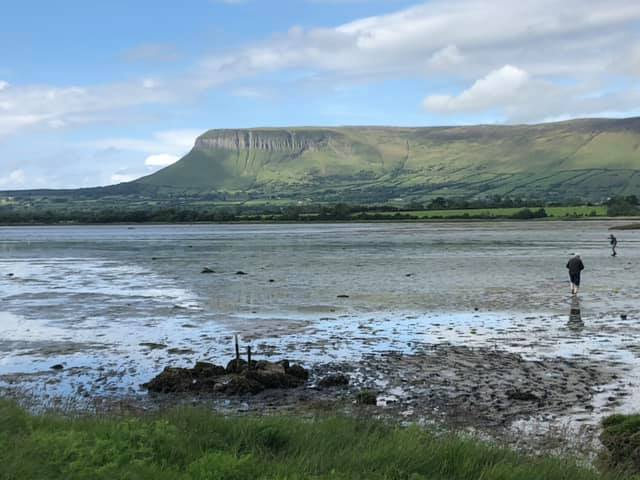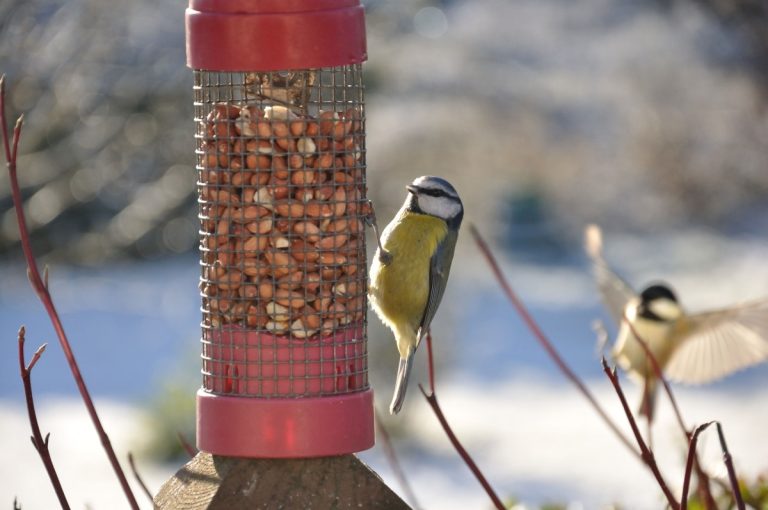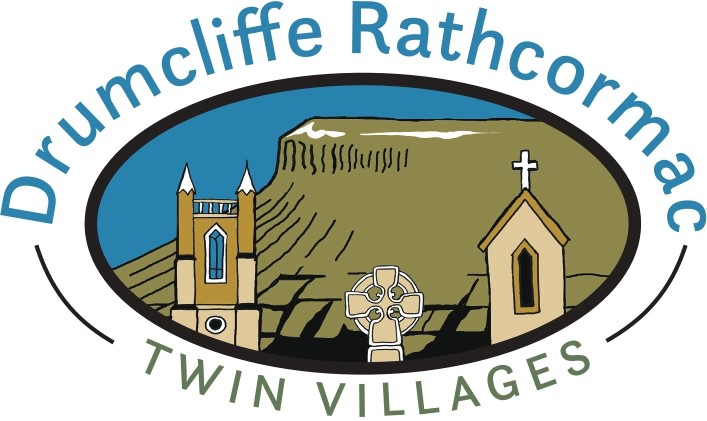As part of our Tidy Towns Wildlife Education programme, local resident and environmentalist Barbara McInerney presented a Bat Talk/Walk to which 104 persons attended. This event followed Barbara’s work with local scouts and residents in building and erecting bat boxes throughout the twin village areas (note bat boxes in trees outside Rathcormac church).
Similar Posts

Drumcliffe Fearsat
A fearsat, ford or strand pass, is a manmade route across a body of water easily passable at low tide. These causeways, also referred to as toghers, were constructed by overlaying branches, bushes, stones, seaweed, and wood to create a raised causeway, or togher. these were in use from ancient times up to the 19th/early 20th…

Drumcliffe Rathcormac Spring Clean
Beginning in 2006 as the Kintogher Spring Clean event, this annual community event now encompasses both Drumcliffe and Rathcormac village areas and their wider environs. Each April, the now Drumcliffe Rathcormac Spring Clean event sees approximatley 300 local residents, school children, and Scouts taking part in cleaning several kilometres of national, regional and local roads…
Rathcormac Japanese Knotweed Project 2012 onwards
A 2009 County Council-commissioned survey of Rathcormac identified four instances of Japanese Knotweed in the village area and further survey work by Tidy Towns volunteers identified seven additional sites in the immediate area. In response, the Tidy Towns Committee, with Sligo Heritage Office support, commenced a spraying programme to eradicate the plant from the village…

Local Wildlife
A Brief Snapshot of Rathcormac and its EnvironmentBy Dr. Don Cotton GeologyBenbulben and King’s Mountain – Carboniferous limestone cliffs with some sandstone capping (c.320 million years old). The whole area of lowland Rathcormack is underlain by Carboniferous limestone. GeomorphologyLimestone can have caves and underground waters. The Drum road is a dry valley (no surface water…
Recycled Christmas Ornament competition
Presenting the 2021 Rathcormac National School / Drumcliffe Rathcormac Tidy Towns’ Recycled Christmas Ornament competition entrants and their creations. Well done all, thank you for being such good sports!
Ballygilgan Nature reserve
The sheltered estuary is fringed by saltmarsh and its extensive mud flats are exposed at low tide. In winter time, these mud flats serve as important feeding grounds for a large number of wading birds including bar-tailed godwit, dunlin, redshank, curlew, golden plover lapwing, and oystercatcher, as well as brent goose, shelduck and black-headed and…
